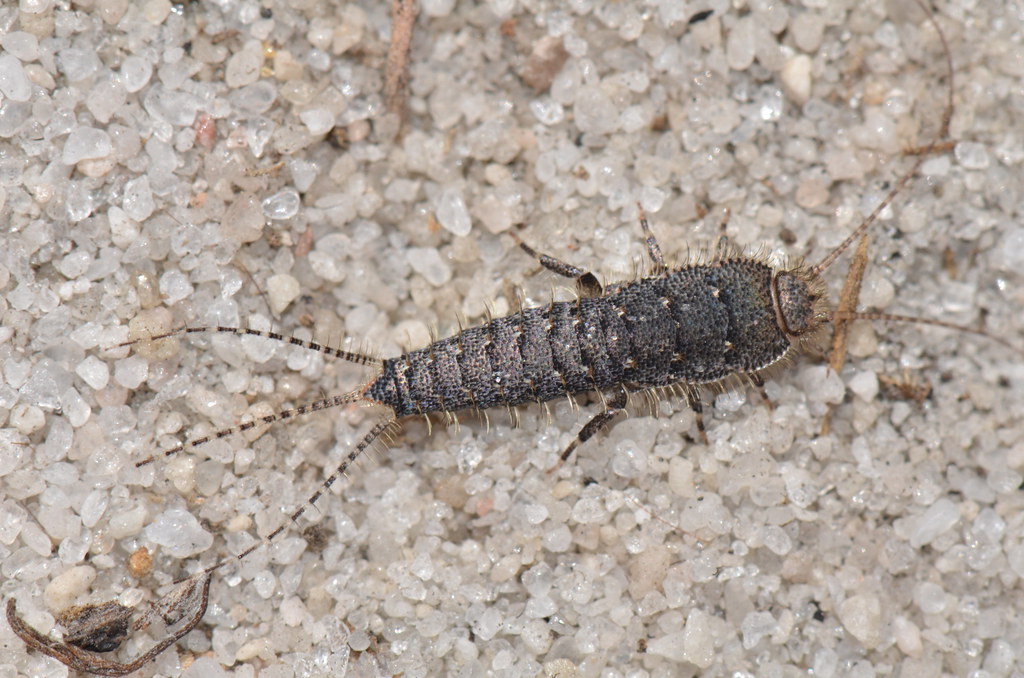Have you ever had the eerie feeling that you’re not alone in your home? Well, you’re right! Your house is teeming with tiny tenants that have moved in without signing a lease. While most of these miniature roommates are harmless and even beneficial, knowing what’s sharing your space can help you maintain a healthier home environment. Let’s pull back the curtains on the secret lives of the bugs quietly cohabiting with us, often completely unnoticed.
Book Lice: The Tiny Librarians
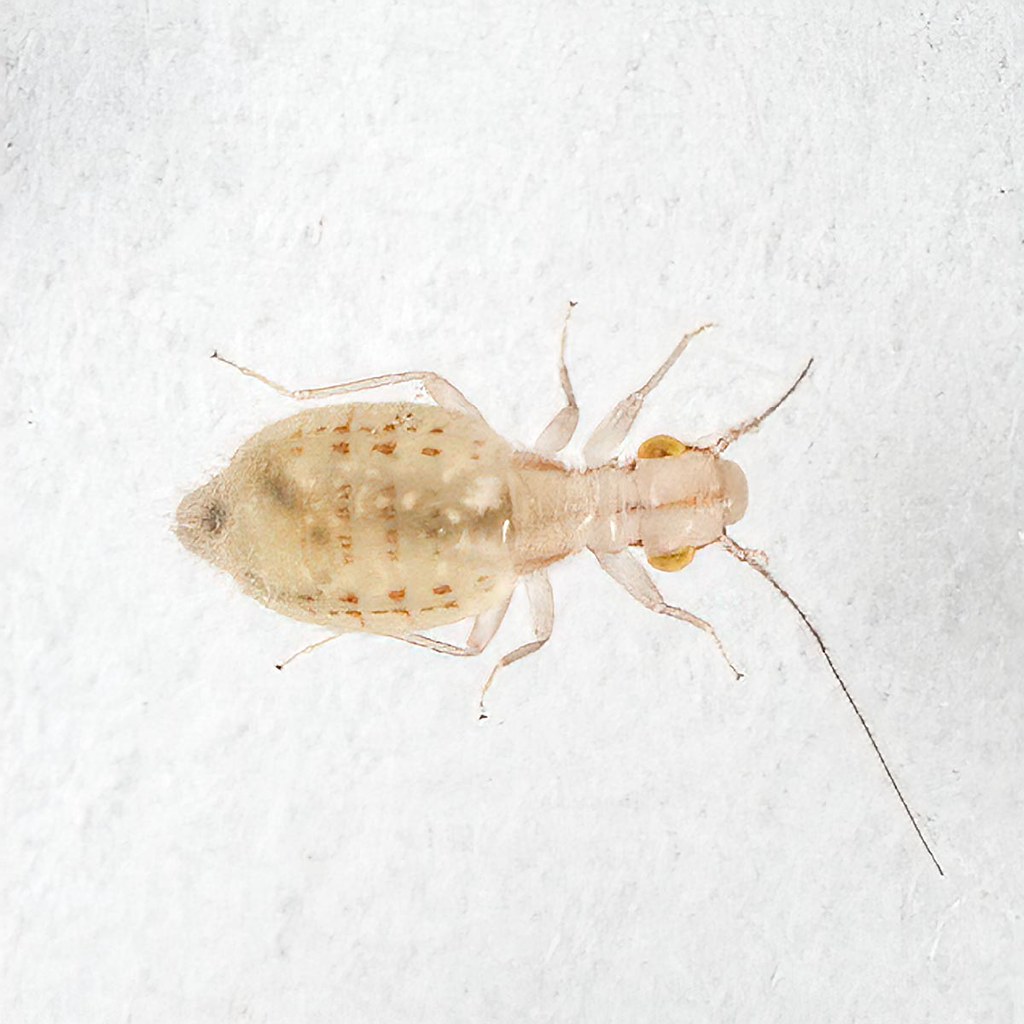
Book lice, despite their name, aren’t actually lice at all but tiny insects known as psocids that thrive in damp, warm environments with plenty of starchy materials. These minuscule creatures—measuring just 1-2mm long—are particularly fond of paper products, feeding on the microscopic molds that grow on books, wallpaper, and stored documents. While they don’t bite humans or spread diseases, their presence often indicates excessive humidity in your home that could lead to mold problems. You’ll most likely find these tiny pale insects scurrying around bookshelves, storage boxes, or damp windowsills where condensation regularly forms.
Carpet Beetles: The Fabric Destroyers
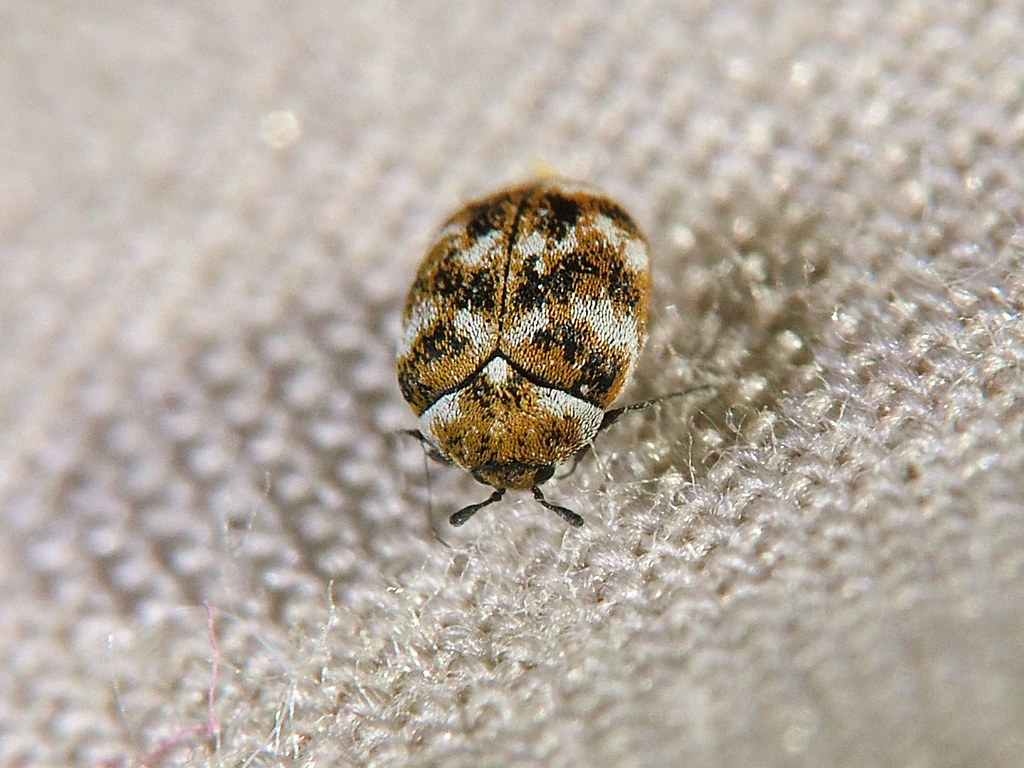
Carpet beetles are masterful infiltrators that can enter your home through flowers, on clothing, or through open windows, making them nearly impossible to keep out completely. These small, oval-shaped insects with distinctive patterns on their backs don’t pose any direct health threats to humans, but their larvae can cause significant damage to natural fibers. The larvae—fuzzy, worm-like creatures—feast on wool, silk, feathers, and even pet hair, potentially damaging valuable clothing, upholstery, and carpets. What makes carpet beetles particularly troublesome is their ability to thrive undetected, often living deep within carpet fibers or inside stored clothing boxes for months or even years before their damage becomes apparent.
Dust Mites: The Invisible Allergens
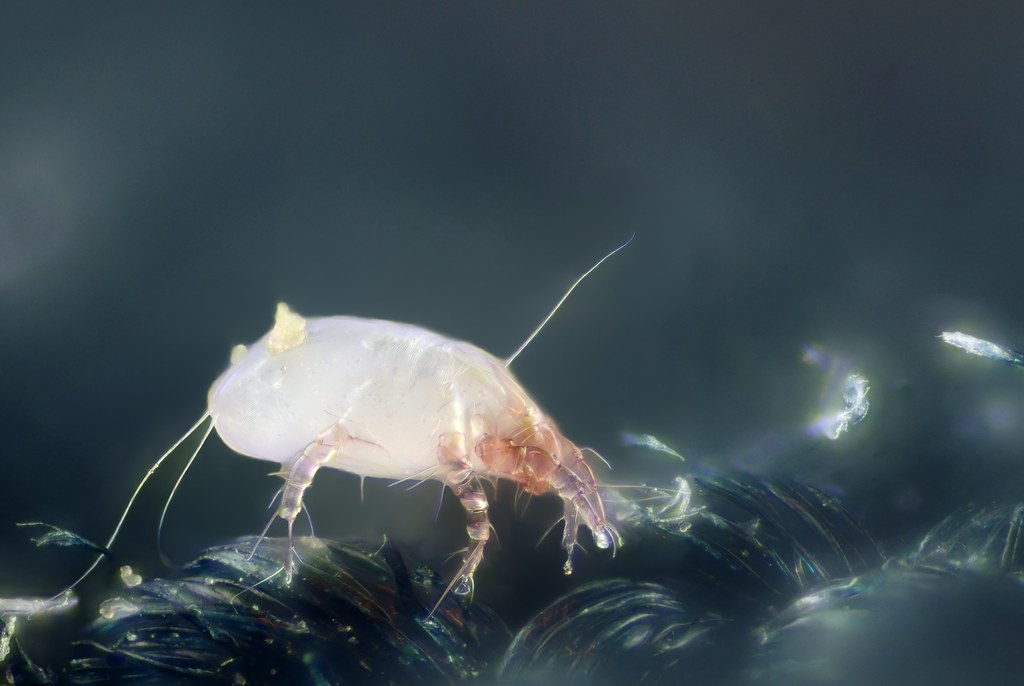
Dust mites are microscopic arachnids that have likely been your constant companions since you first moved into your home. These tiny creatures—measuring just 0.3mm in length—are invisible to the naked eye yet number in the millions in the average household, with the highest concentrations found in bedding, upholstered furniture, and carpeting. They don’t bite or transmit diseases, but they feed primarily on the dead skin cells that humans shed every day, making your bed their perfect dining room. For many people, dust mites are a significant source of year-round allergies and can trigger asthma attacks in sensitive individuals, as their waste products and decomposing bodies become airborne and are easily inhaled during normal household activities.
Silverfish: The Bathroom Dwellers
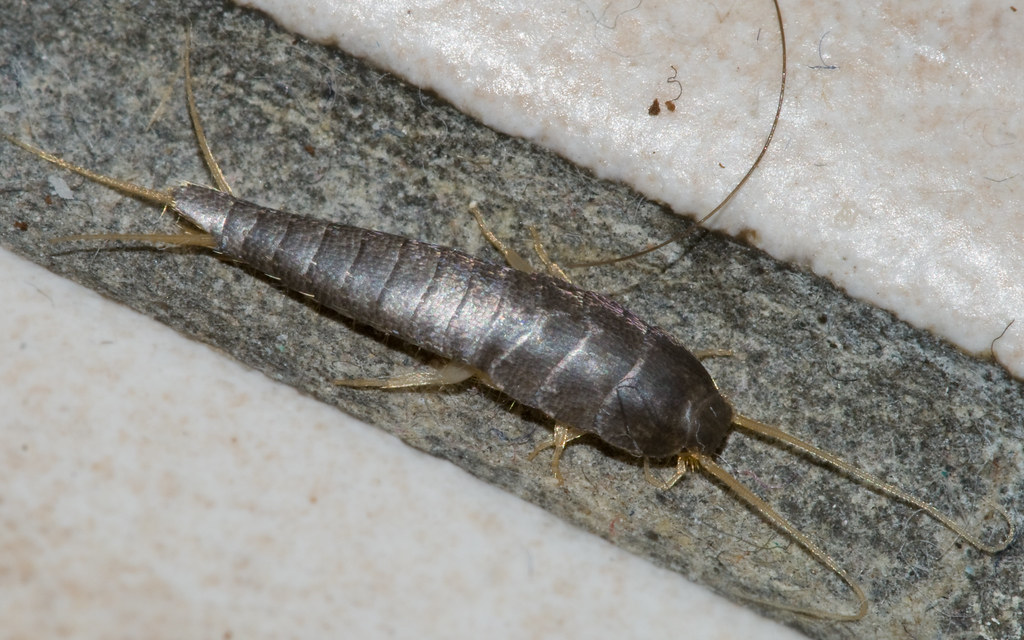
Silverfish are among the most ancient insects still living today, having remained largely unchanged for over 400 million years—which means they’re exceptionally good at survival. These distinctive silver-blue, teardrop-shaped insects with three tail-like appendages thrive in high humidity environments, making bathrooms and basements their preferred habitats in most homes. Despite their somewhat alarming appearance when they scuttle across your bathroom floor, silverfish are harmless to humans but can damage books, wallpaper, clothing, and food packages as they feed on starchy substances and carbohydrates. Their nocturnal nature means homeowners often live with substantial silverfish populations without realizing it, only occasionally spotting them when turning on a light in a dark bathroom at night.
Pantry moths: The Pantry Invaders
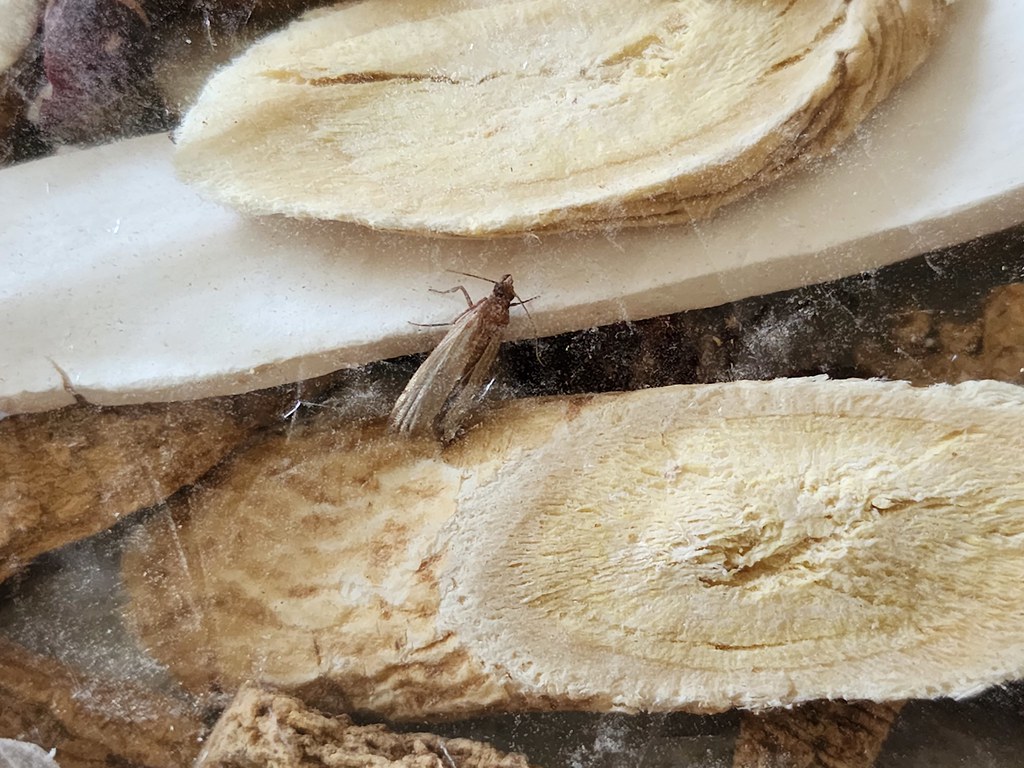
Pantry moths, also known as Indian meal moths, are common kitchen invaders that can turn your food storage areas into nurseries for their young. These moths—with distinctive two-toned wings of pale gray and reddish-brown—often enter homes through infested food products like flour, cereals, dried fruits, nuts, and pet foods. Once established, female moths lay hundreds of eggs directly in food sources, which hatch into small whitish caterpillars that contaminate food with their feeding, waste, and the silk webbing they produce. What makes pantry moths particularly troublesome is their ability to chew through paper, cardboard, and even thin plastic packaging to access food, potentially affecting multiple products in your pantry before you notice their presence. Regular pantry inspections and proper food storage in airtight containers are your best defenses against these persistent pests.
Springtails: The Moisture Indicators
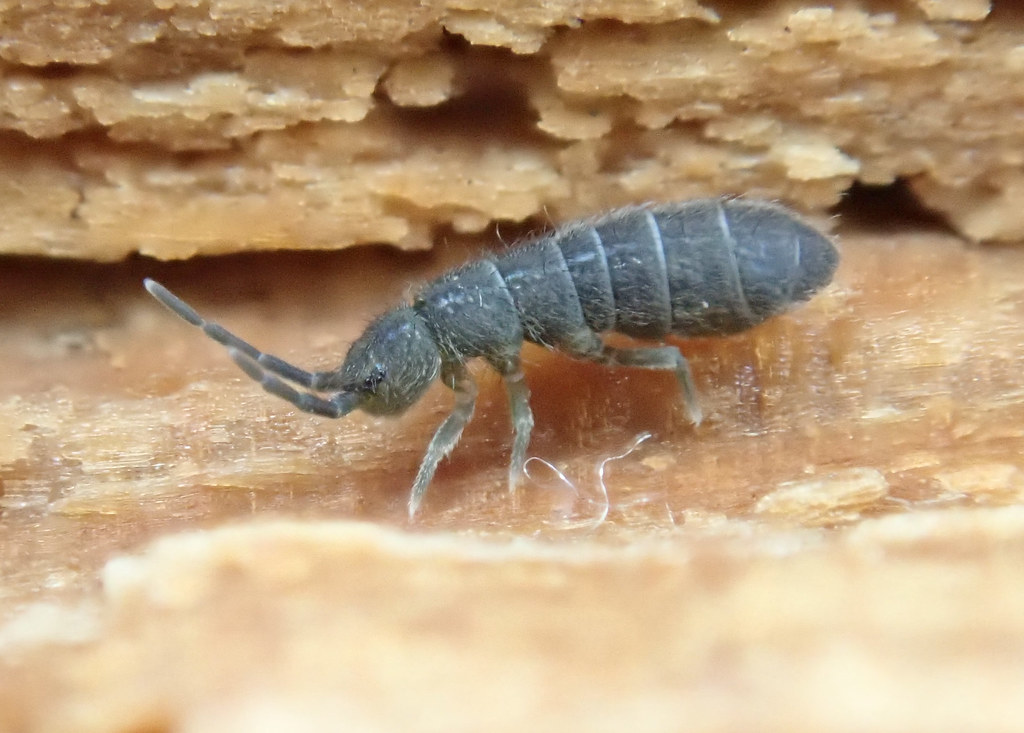
Springtails are tiny moisture-loving insects that serve as living moisture meters in your home, appearing seemingly out of nowhere when conditions become too damp. These minuscule creatures—typically less than 1/16 inch long—possess a unique tail-like appendage (called a furcula) folded beneath their bodies that allows them to catapult themselves several inches into the air when disturbed, giving them their common name. While completely harmless to humans, pets, houseplants, and structures, springtails can appear in alarming numbers in bathrooms, basements, around houseplants, or near plumbing leaks, sometimes giving the impression that the surfaces are moving. Their sudden appearance in large numbers is actually a valuable warning sign of excessive moisture problems that could lead to more serious issues like mold growth or structural damage if left unaddressed.
House Centipedes: The Beneficial Predators
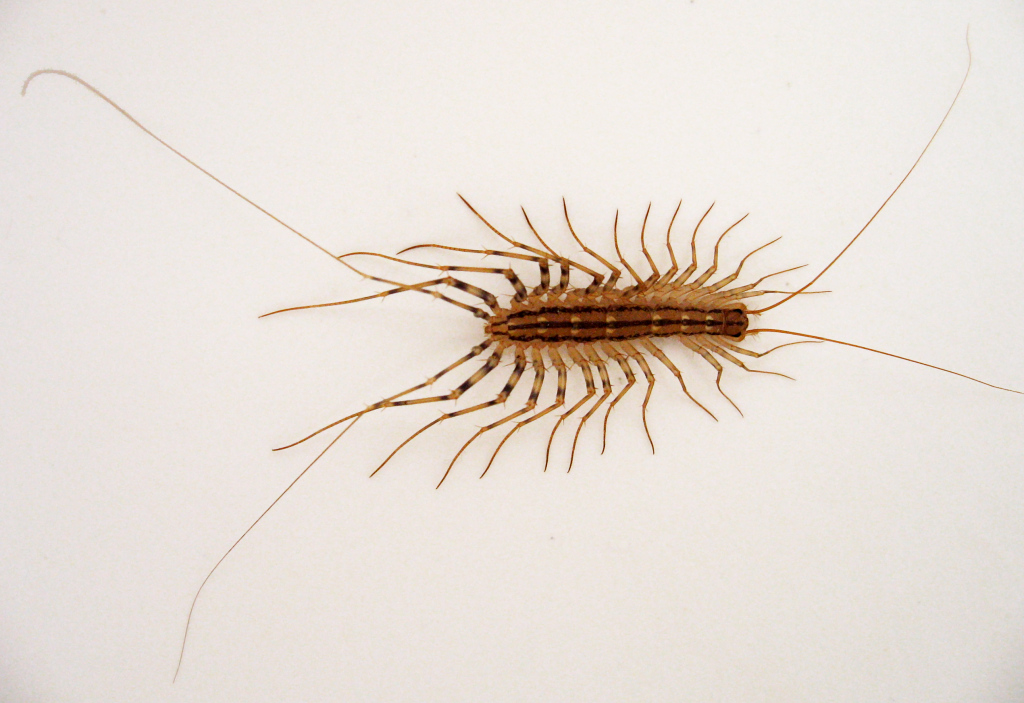
House centipedes, with their numerous legs and swift movements, are perhaps the most startling of household bugs when encountered unexpectedly. These yellowish-gray, flattened arthropods possess 15 pairs of long, thread-like legs that enable them to move at impressive speeds across walls and ceilings, often creating the alarming impression of a moving mustache in your peripheral vision. Despite their intimidating appearance, house centipedes are actually beneficial predators that hunt and consume many household pests including cockroaches, silverfish, spiders, and bed bugs. While they do possess venom glands connected to their front pair of legs (modified into fang-like structures), they rarely bite humans, and when they do, the effect is usually no worse than a mild bee sting, making them more helpful than harmful houseguests in most situations.
Fungus Gnats: The Houseplant Hitchhikers
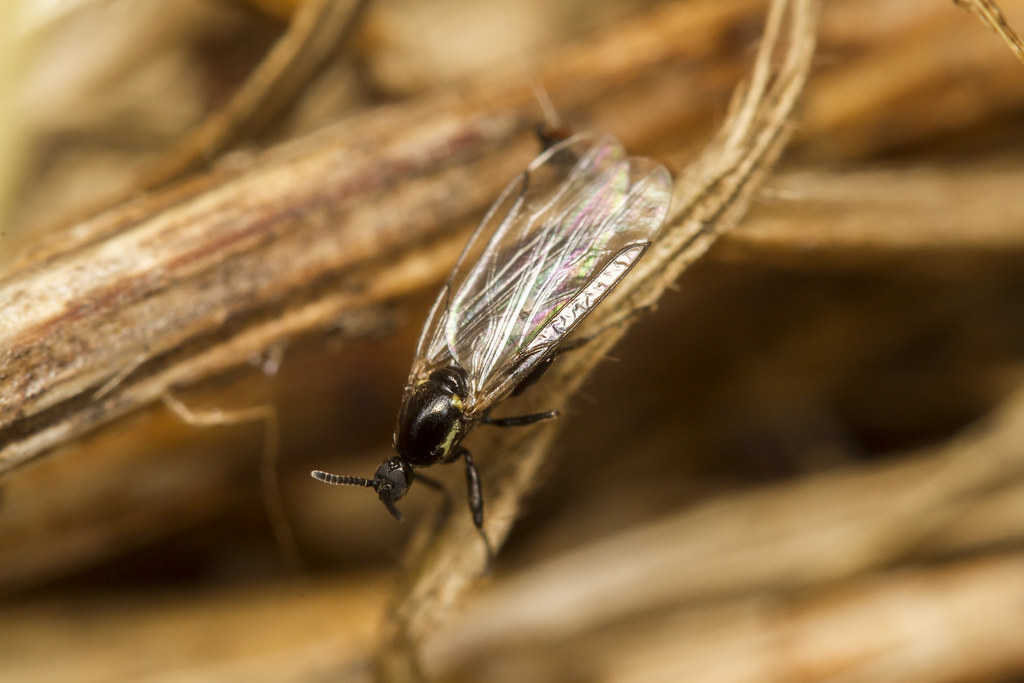
Fungus gnats are tiny, mosquito-like flies that are actually a sign of your dedication to houseplants rather than poor housekeeping. These delicate black insects—measuring just 1/8 inch long—are attracted to the moist soil of overwatered houseplants where they lay their eggs, which hatch into nearly transparent larvae that feed on organic matter and fungus in the soil. While adult fungus gnats are primarily a nuisance as they hover around plants and occasionally fly into faces or drinks, their larvae can damage plant roots when populations become large, particularly affecting seedlings and young plants. What makes these tiny flies particularly frustrating is their short life cycle of just 3-4 weeks, allowing them to reproduce rapidly and create the impression of a persistent infestation even when control measures are being implemented.
Clothes Moths: The Closet Destroyers
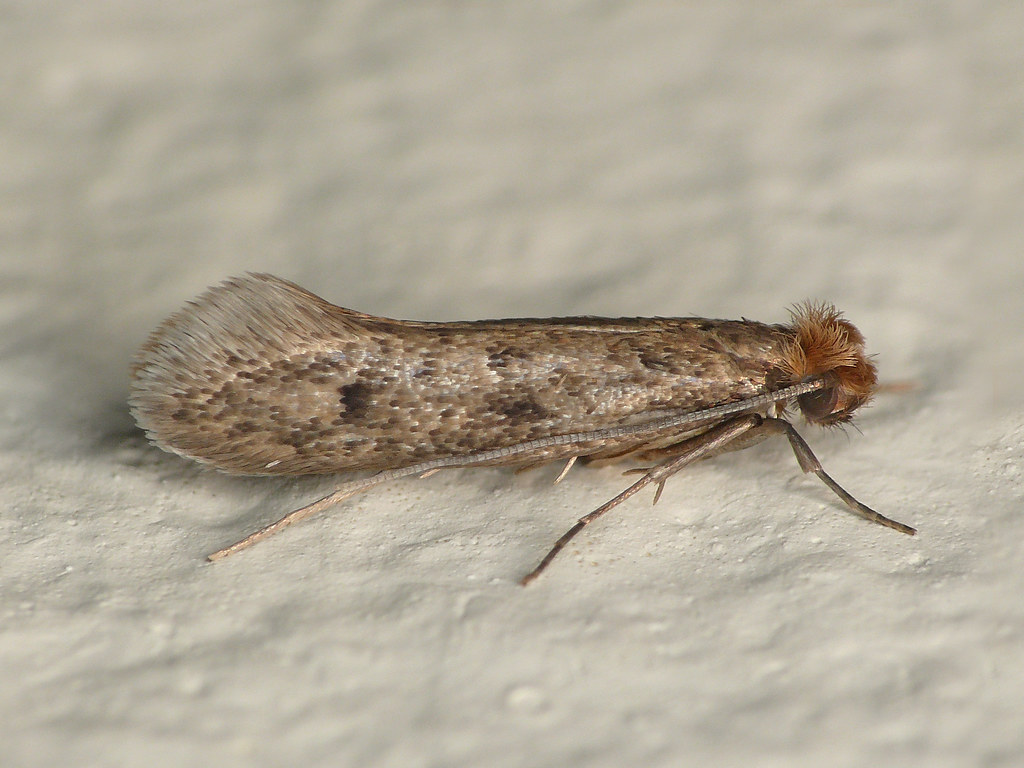
Clothes moths are secretive fabric destroyers that can cause heartbreaking damage to cherished garments and textiles before you even realize they’re present. Unlike typical moths that flutter around lights, clothes moths—small, golden-colored insects with a wingspan of about 1/2 inch—actively avoid light and are rarely seen flying, preferring to hide in dark closets and storage areas. It’s not actually the adult moths that damage clothing but their larvae—small white caterpillars that feed specifically on animal fibers rich in keratin, including wool, silk, fur, feathers, and even the felt on piano hammers or bristles of brushes. What makes clothes moths particularly insidious is their preference for hidden areas like cuffs, collars, or folds in stored garments, often leaving behind irregular holes or bare patches that only become apparent when items are removed from storage for use.
Clover Mites: The Tiny Red Invaders
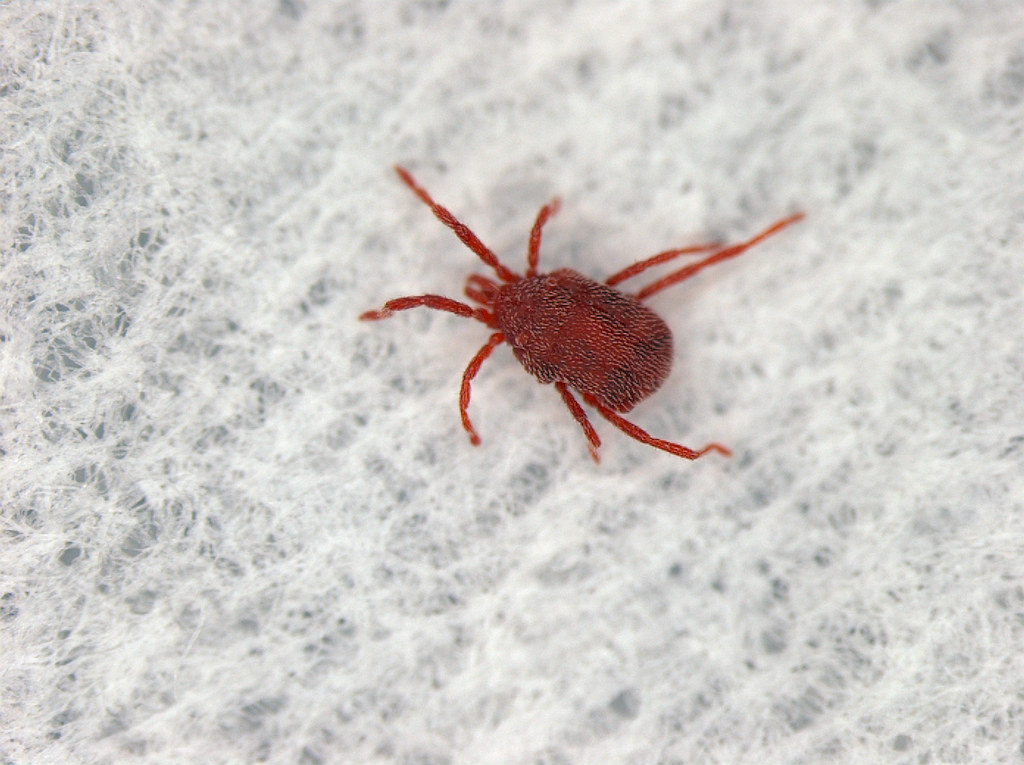
Clover mites are minuscule arachnids that sometimes invade homes in overwhelming numbers, appearing as tiny moving specks that leave alarming red smears when crushed. These eight-legged relatives of spiders—measuring less than 1mm in length—have distinctive front legs that extend forward like antennae and a bright reddish-brown coloration that can make them appear as moving dust particles on windowsills, walls, or furniture. While completely harmless to humans, pets, and houseplants (they feed only on plants outdoors), clover mites can cause considerable alarm when thousands suddenly appear inside homes, typically in spring or fall or following lawn fertilization that promotes the lush plant growth they prefer. Their tendency to leave reddish stains when crushed (from their body pigments, not blood) often leads homeowners to mistake them for more concerning pests like bed bugs or to worry about disease transmission where none exists.
Drain Flies: The Pipe Dwellers
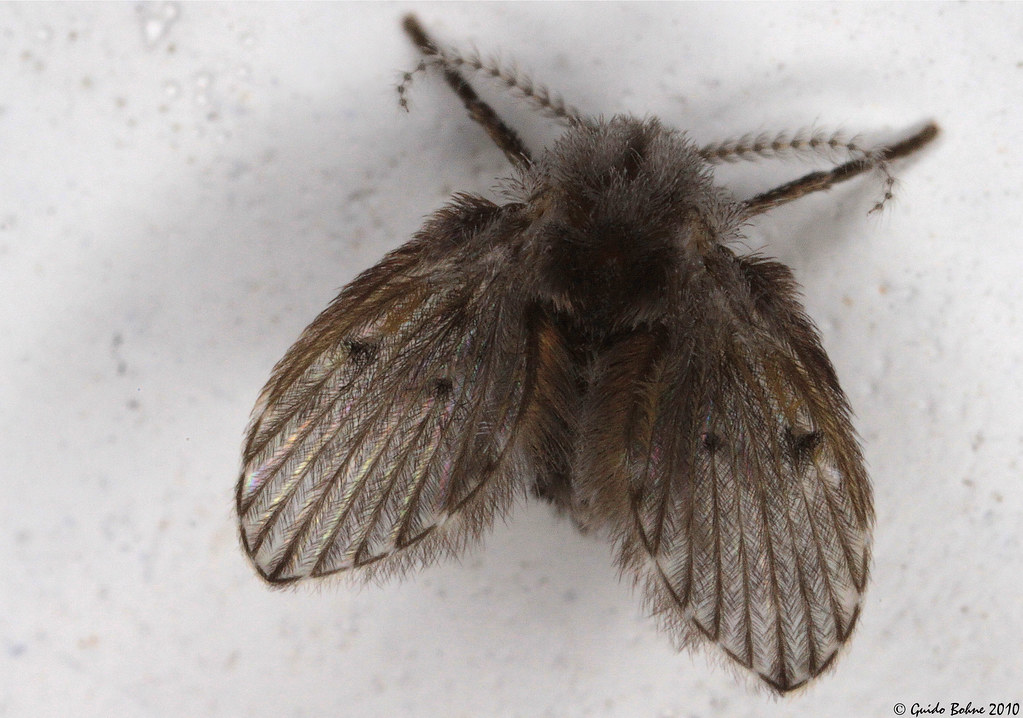
Drain flies, also known as moth flies or sink flies, are small, moth-like insects that mysteriously appear around sinks, showers, and floor drains seemingly out of nowhere. These fuzzy, gray-to-black flies—measuring just 1/5 inch long—have distinctive heart-shaped wings and a peculiar tendency to hop rather than fly when disturbed, despite having fully functional wings. They breed in the organic matter that builds up in drains, garbage disposals, overflow pipes, and even the condensate pans of refrigerators or air conditioners, with their larvae developing in the gelatinous slime that forms in these moist environments. While drain flies don’t bite, spread disease, or cause structural damage, their persistent presence can be extremely frustrating for homeowners, especially since adults can live for about two weeks and females can lay hundreds of eggs, quickly establishing large populations when conditions are favorable.
Living in Harmony with Your Six-Legged Roommates
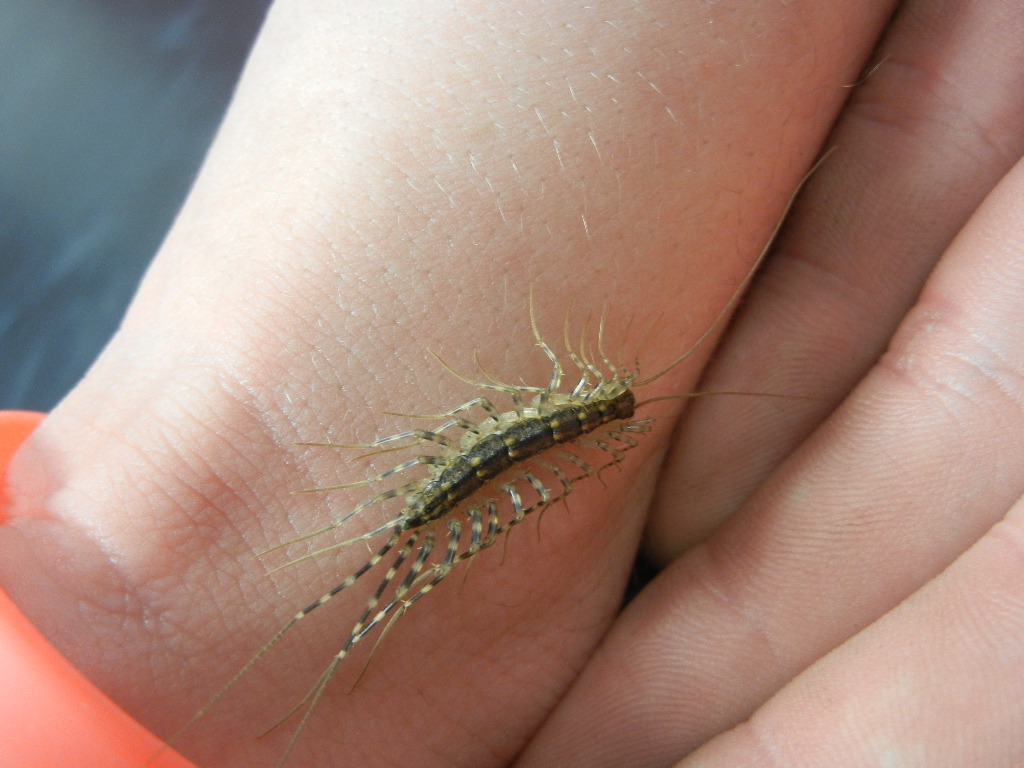
Understanding the bugs that share your home is the first step toward establishing a balanced approach to pest management that doesn’t rely solely on chemical interventions. Many household insects serve important ecological functions, such as breaking down organic matter or controlling populations of other pests, making complete eradication neither possible nor desirable in most cases. Simple preventative measures like reducing humidity, fixing leaks promptly, sealing food in airtight containers, and regular cleaning can significantly reduce problematic infestations while allowing beneficial insects to perform their natural roles. For specific pest concerns, targeted approaches—like using cedar products to deter clothes moths or regularly cleaning drains to prevent drain fly breeding—can address problems without creating the chemical exposure risks associated with broad-spectrum pesticides.
Conclusion

Our homes are complex ecosystems teeming with life, most of which goes entirely unnoticed. While the thought of sharing your space with these tiny creatures might initially seem unsettling, understanding their roles and behaviors can help you achieve a healthier balance. Most of these miniature housemates are simply going about their business, neither aware of nor interested in human activities. By maintaining clean, dry living spaces and addressing specific issues as they arise, you can peacefully coexist with the bugs that have made your house their home too.

